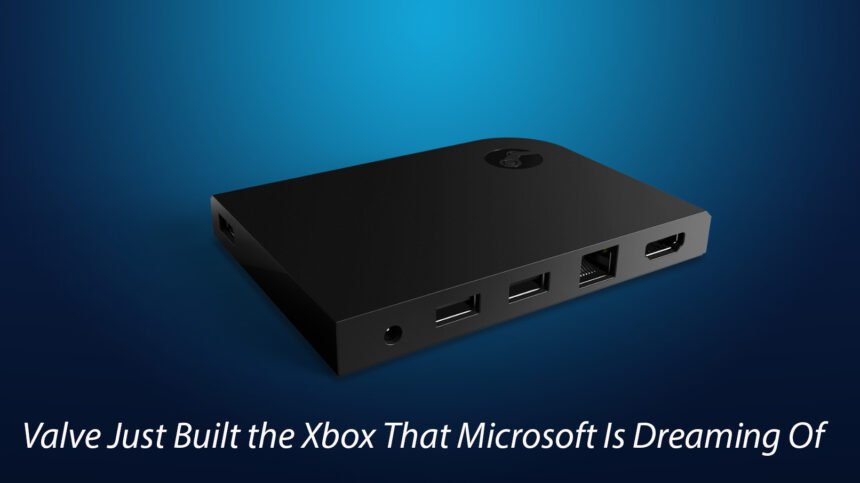Valve has once again surprised the gaming world with a product that feels like it came straight out of Microsoft’s most ambitious design meetings. While Xbox continues to evolve its ecosystem, Valve has quietly created something that captures the essence of what Microsoft has been striving for a true hybrid between PC flexibility and console simplicity.
A New Kind of Gaming Device
Valve’s new handheld gaming system combines the convenience of a console with the performance of a powerful gaming PC. It allows users to access a massive library of PC games while maintaining the plug-and-play experience that console players love. This seamless blend of accessibility and performance positions the device as something many Xbox enthusiasts have been dreaming about for years.
Unlike traditional consoles, this system doesn’t limit users to one ecosystem. It supports multiple game platforms and allows extensive customization. That freedom makes it an attractive choice for players who want both power and flexibility without needing to tinker with complex setups.
The Console Microsoft Wanted to Build
For years, Microsoft has tried to bridge the gap between console and PC gaming. Its Game Pass service, cross-platform titles, and unified accounts were all steps toward that goal. Yet, hardware has always been the missing piece. While Xbox consoles are powerful, they’re still tied to a fixed ecosystem. Valve’s new device breaks that limitation by giving players control over how they game, where they play, and which platform they use.
This approach resonates with Microsoft’s long-term vision of gaming without boundaries. However, Valve has managed to execute it first and more elegantly. The new device functions as a portable PC but boots up with the ease of a console. It’s a small yet significant distinction that sets it apart from Microsoft’s hardware philosophy.
Performance and Portability
The device offers impressive performance for its size. Equipped with a custom processor designed for gaming efficiency, it can run demanding titles smoothly while remaining energy-efficient. Players can connect it to an external display, use controllers, or even switch to desktop mode. The system’s versatility ensures it appeals to both casual and hardcore gamers.
Portability is another major advantage. Gamers can start playing at home, continue on the go, and resume their session seamlessly. This mobility echoes Microsoft’s push for cross-device continuity, something that Xbox Cloud Gaming is still perfecting. Valve’s hardware delivers that experience natively, without relying solely on internet streaming.
A Shift in the Gaming Landscape
Valve’s innovation challenges the traditional idea of consoles. Instead of selling a locked platform, it sells a device that empowers users. That freedom contrasts sharply with the walled-garden approach many console makers maintain. It also puts pressure on companies like Microsoft to rethink how they deliver the next generation of gaming experiences.
This shift highlights a growing trend in the industry: players want flexibility and choice. They no longer want to be confined to a single ecosystem. Valve has identified demand and turned it into a competitive advantage. Its success could push others, including Xbox, to innovate faster and design hardware that blends the best of both worlds.
Conclusion
Valve has achieved what Microsoft has been chasing: a gaming experience that unites the best features of consoles and PCs. By focusing on flexibility, accessibility, and performance, it has created a product that embodies the future of gaming hardware.
While Xbox remains a dominant force in the market, Valve’s latest device shows how a bold and open approach can redefine expectations. It isn’t just a handheld console, it’s a vision of what gaming could become. And for now, it looks like Valve is one step ahead of the dream that Microsoft is still trying to realize.












